The program is meant for journalists form the countries of the Eastern Partnership of the European Union: Armenia, Azerbaijan, Belarus, Georgia, Moldova and Ukraine plus Russia.
-
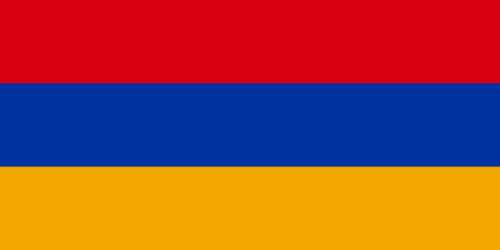
Armenia
The Republic of Armenia, covering an area of 29,743 square kilometres, lies in the highlands surrounding the mountains of Ararat. The terrain is mostly mountainous, with fast flowing rivers and few forests. The climate is highland continental, which means that the country is subjected to hot summers and cold winters. Armenia is divided into ten provinces with the capital city of Yerevan.
-
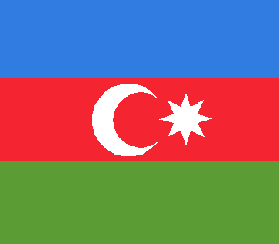
Azerbaijan
Azerbaijan is a transcontinental country in the Caucasus region, situated at the crossroads of Eastern Europe and Western Asia. It is bounded by the Caspian Sea to the east, Russia to the north, Georgia to the northwest, Armenia to the west and Iran to the south. Azerbaijan is home to a vast variety of landscapes. Over half of Azerbaijan's land mass consists of mountain ridges, crests, yailas, and plateaus. Since the independence of Azerbaijan in 1991, the Azerbaijani government has taken drastic measures to preserve the environment of Azerbaijan.
-
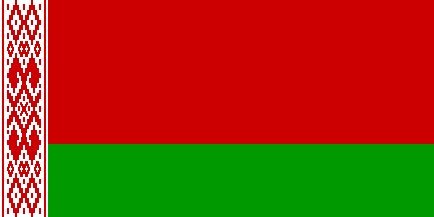
Belarus
Belarus is a landlocked country in Eastern Europe with the capital city Minsk and other major cities include Brest, Hrodna, Homiel, Mahilioŭ and Vitsebsk. Over 40% of its 207,600 square kilometres is forested. Belarus borders five countries: Latvia to the north, Lithuania to the northwest, Poland to the west, Russia to the north and the east, and Ukraine to the south. Its strongest economic sectors are service industries and manufacturing.
-
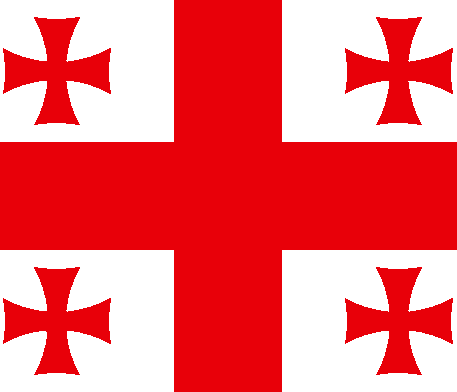
Georgia
Georgia is a country in the Caucasus region of Eurasia located at the crossroads of Western Asia and Eastern Europe. The capital and largest city is Tbilisi. Georgia covers a territory of 69,700 square kilometres, and its population is almost 5 million. The climate of Georgia is extremely diverse, considering the nation's small size. Because of its high landscape diversity and low latitude, Georgia is home to a very reach flora and fauna.
-
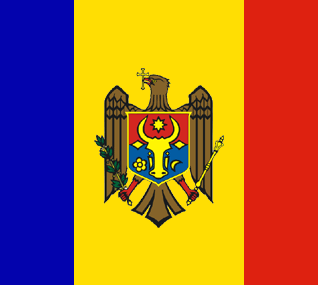
Moldova
Moldova is a landlocked country in Eastern Europe, landlocked between Romania to the west and Ukraine to the north, east and south. The capital city is Chișinău. The name "Moldova" is derived from the Moldova River; the valley of this river was a political centre when the Principality of Moldavia was founded in 1359. Due to its proximity to the Black Sea the climate is mild and sunny as well as the summers warm and long.
-

Russia
Russia, also officially known as the Russian Federation, is a country in northern Eurasia. At 17,075,400 square kilometres, Russia is the largest country in the world, covering more than one-eighth of the Earth's inhabited land area. Extending across the entirety of northern Asia and much of Eastern Europe, Russia spans nine time zones and incorporates a wide range of environments and landforms. From northwest to southeast, Russia shares land borders with Norway, Finland, Estonia, Latvia, Lithuania and Poland, Belarus, Ukraine, Georgia, Azerbaijan, Kazakhstan, China, Mongolia, and North Korea. It shares maritime borders with Japan by the Sea of Okhotsk and the U.S. state of Alaska across the Bering Strait.
-
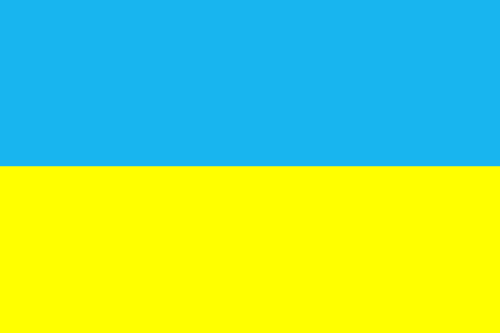
Ukraine
Ukraine is a country in Eastern Europe, bordered by Russia to the east and northeast, Belarus to the northwest, Poland and Slovakia to the west, Hungary, Romania, and Moldova to the southwest, and the Black Sea and Sea of Azov to the south and southeast, respectively. It is the largest wholly European country and the second largest country in Europe after the European part of Russia, before metropolitan France. The landscape of Ukraine consists mostly of fertile plains (or steppes) and plateaus, crossed by rivers such as the Dnieper (Dnipro), Seversky Donets, Dniester and the Southern Buh as they flow south into the Black Sea and the smaller Sea of Azov.

